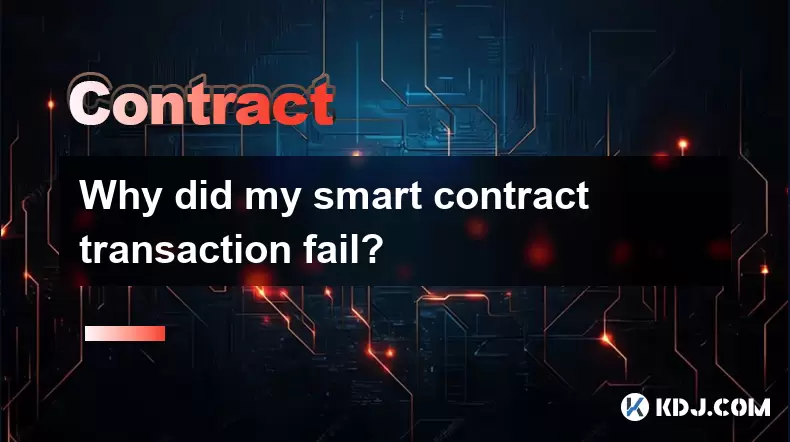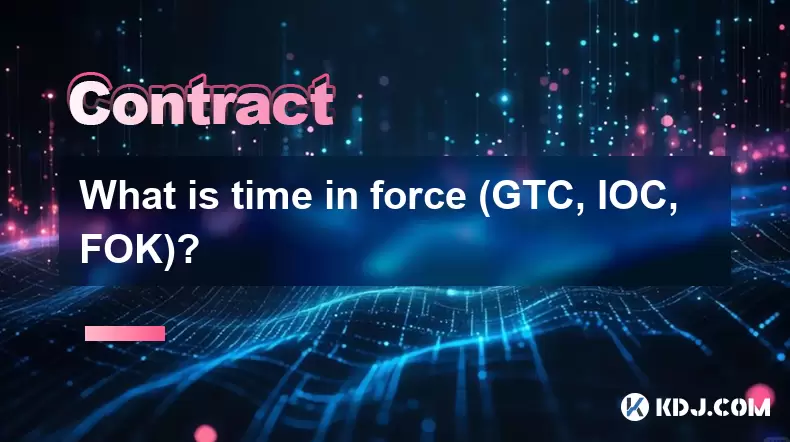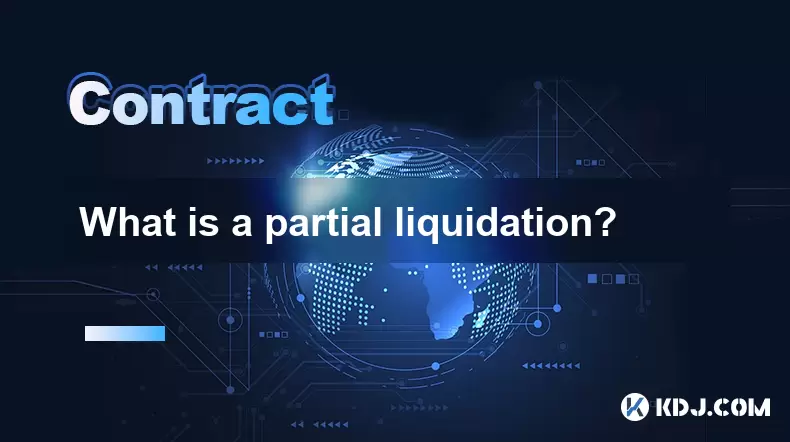-
 Bitcoin
Bitcoin $118000
0.31% -
 Ethereum
Ethereum $3560
-0.99% -
 XRP
XRP $3.435
-0.76% -
 Tether USDt
Tether USDt $1.000
-0.01% -
 BNB
BNB $731.8
-0.96% -
 Solana
Solana $177.3
-0.64% -
 USDC
USDC $0.9999
-0.04% -
 Dogecoin
Dogecoin $0.2419
2.59% -
 TRON
TRON $0.3205
-1.58% -
 Cardano
Cardano $0.8278
0.18% -
 Hyperliquid
Hyperliquid $44.64
0.22% -
 Stellar
Stellar $0.4648
-1.54% -
 Sui
Sui $3.794
-2.00% -
 Chainlink
Chainlink $18.31
2.04% -
 Hedera
Hedera $0.2672
-0.49% -
 Avalanche
Avalanche $24.26
1.57% -
 Bitcoin Cash
Bitcoin Cash $506.9
-1.63% -
 Shiba Inu
Shiba Inu $0.00001474
-0.40% -
 UNUS SED LEO
UNUS SED LEO $8.991
0.23% -
 Litecoin
Litecoin $103.8
0.28% -
 Toncoin
Toncoin $3.183
-2.68% -
 Polkadot
Polkadot $4.298
-0.09% -
 Uniswap
Uniswap $10.08
-1.02% -
 Monero
Monero $325.5
0.60% -
 Ethena USDe
Ethena USDe $1.001
-0.01% -
 Bitget Token
Bitget Token $4.886
-1.39% -
 Pepe
Pepe $0.00001311
-1.56% -
 Dai
Dai $1.000
0.01% -
 Aave
Aave $316.5
-1.08% -
 Cronos
Cronos $0.1219
0.89%
Why did my smart contract transaction fail?
Smart contract transactions can fail due to insufficient gas, reverted logic, external call errors, or user input mistakes, often requiring tools like Etherscan or Remix for diagnosis.
Jul 10, 2025 at 08:21 pm

Understanding Smart Contract Transactions
A smart contract is a self-executing contract with the terms of the agreement directly written into code. These contracts automatically execute actions when predefined conditions are met. When interacting with a smart contract on a blockchain like Ethereum, users send transactions that trigger specific functions within the contract. However, smart contract transaction failures can occur for various reasons, ranging from coding errors to network congestion.
Common Causes of Transaction Failure
One primary reason for a failed transaction is insufficient gas. Every operation on the Ethereum Virtual Machine (EVM) requires a certain amount of gas, which acts as a fee for computational resources. If the gas limit set by the user is too low, the transaction may run out of gas before completing, leading to failure. Additionally, gas price plays a crucial role — if it's too low during high network congestion, miners might ignore the transaction.
Another common issue involves reverted transactions due to internal contract logic. For instance, if a function in the contract requires certain conditions to be true and they aren’t met, the transaction will revert. This could be due to incorrect parameters passed to the function or constraints built into the contract itself, such as access control or balance checks.
Analyzing Revert Reasons
When a transaction reverts, it often includes a revert message explaining why the execution failed. Developers can use tools like Etherscan, Remix IDE, or Truffle Debugger to inspect the transaction details and understand the exact point of failure. For example, a message like "reverted with reason string 'Insufficient balance'" indicates that the caller’s token balance was not enough to proceed.
In some cases, especially on older versions of Solidity, revert messages may not be available. In these situations, developers must rely on event logs or debugging tools to trace where the execution stopped. Using assert() or require() statements strategically within the contract helps identify issues more clearly.
Issues with External Calls and Dependencies
Smart contracts often interact with other contracts through external calls. If one of these external contracts throws an error or runs out of gas, the calling transaction can fail. This is known as a cross-contract call failure. It's essential to handle such scenarios gracefully using try-catch patterns or ensuring that external contracts are thoroughly tested and trusted.
Additionally, oracles, token standards, or protocol upgrades can cause unexpected behavior. For example, if a decentralized finance (DeFi) protocol depends on an oracle for price feeds and that oracle returns invalid data, any transaction relying on that data might fail.
User Input and Interface Errors
Sometimes, the problem lies not in the contract but in how the user interacts with it. Wallet interfaces like MetaMask, Trust Wallet, or hardware wallets may misinterpret contract functions or encode input data incorrectly. Double-checking the ABI encoding, function selectors, and parameter types is critical to ensure compatibility between the frontend and the contract.
Also, nonce management can lead to transaction failures. If multiple transactions are sent from the same account with the same nonce, only one will succeed. Users should ensure their wallet manages nonces correctly, especially when using custom scripts or relayers.
Frequently Asked Questions
What does it mean when a transaction reverts without a reason?
This typically happens when the contract uses older versions of Solidity or lacks proper revert messages. To investigate further, you can use block explorers or debugging tools to step through the transaction execution.
Can I recover funds from a failed transaction?
Yes, gas fees are still charged even if a transaction fails, but the actual value transfer (if any) is not executed. Funds remain in your wallet unless explicitly moved before the failure.
How do I check gas limits and prices before sending a transaction?
Most wallets provide options to manually adjust gas settings. You can also use gas estimation tools or monitor current network conditions via platforms like EthGasStation to optimize gas costs.
Is it possible for a transaction to fail after being mined?
Transactions are either successful or reverted upon execution. Once included in a block, a transaction cannot "fail" later; however, it might appear as "confirmed" but with a status indicating a revert or out-of-gas error.
Disclaimer:info@kdj.com
The information provided is not trading advice. kdj.com does not assume any responsibility for any investments made based on the information provided in this article. Cryptocurrencies are highly volatile and it is highly recommended that you invest with caution after thorough research!
If you believe that the content used on this website infringes your copyright, please contact us immediately (info@kdj.com) and we will delete it promptly.
- Meme Coins Mania: Presales and Charts Spiking in 2025
- 2025-07-20 02:30:11
- Rick Harrison, the Titanic Coin, and a Deal That Sank
- 2025-07-20 02:30:11
- American Eagle Palladium Coin Set for September 4 Release: What to Expect
- 2025-07-20 00:35:12
- FloppyPepe: Could This Meme Coin Be Your Ticket to Crypto Millionaire Status with a 15,800% ROI?
- 2025-07-20 00:50:12
- Ethereum's 2025 ATH: Could These 20x Tokens Be Your Golden Ticket?
- 2025-07-20 00:35:12
- Solana, Altcoin Bets, and the Next Big Thing: What's the Play?
- 2025-07-20 01:15:12
Related knowledge

What is a maker vs a taker fee?
Jul 19,2025 at 01:14am
Understanding the Basics of Cryptocurrency Exchange FeesIn the world of cryptocurrency trading, maker vs taker fees are a fundamental concept that eve...

How to analyze Bitcoin futures data from CME?
Jul 19,2025 at 05:22pm
Understanding Bitcoin Futures on CMEBitcoin futures on the CME Group (Chicago Mercantile Exchange) represent a regulated financial instrument that all...

How to understand the liquidation price?
Jul 19,2025 at 10:00pm
What Is a Liquidation Price in Cryptocurrency Trading?In the realm of cryptocurrency futures and margin trading, the liquidation price refers to the s...

What is time in force (GTC, IOC, FOK)?
Jul 19,2025 at 08:57am
Understanding Time in Force in Cryptocurrency TradingIn the world of cryptocurrency trading, the Time in Force (TIF) is a crucial parameter that deter...

What is a partial liquidation?
Jul 19,2025 at 01:49am
Understanding the Basics of Partial LiquidationIn the world of cryptocurrency trading, especially within leveraged positions, partial liquidation refe...

How to find good entry and exit points for Bitcoin futures?
Jul 19,2025 at 05:14pm
Understanding Bitcoin Futures and Their Unique CharacteristicsBitcoin futures are derivative contracts that allow traders to speculate on the future p...

What is a maker vs a taker fee?
Jul 19,2025 at 01:14am
Understanding the Basics of Cryptocurrency Exchange FeesIn the world of cryptocurrency trading, maker vs taker fees are a fundamental concept that eve...

How to analyze Bitcoin futures data from CME?
Jul 19,2025 at 05:22pm
Understanding Bitcoin Futures on CMEBitcoin futures on the CME Group (Chicago Mercantile Exchange) represent a regulated financial instrument that all...

How to understand the liquidation price?
Jul 19,2025 at 10:00pm
What Is a Liquidation Price in Cryptocurrency Trading?In the realm of cryptocurrency futures and margin trading, the liquidation price refers to the s...

What is time in force (GTC, IOC, FOK)?
Jul 19,2025 at 08:57am
Understanding Time in Force in Cryptocurrency TradingIn the world of cryptocurrency trading, the Time in Force (TIF) is a crucial parameter that deter...

What is a partial liquidation?
Jul 19,2025 at 01:49am
Understanding the Basics of Partial LiquidationIn the world of cryptocurrency trading, especially within leveraged positions, partial liquidation refe...

How to find good entry and exit points for Bitcoin futures?
Jul 19,2025 at 05:14pm
Understanding Bitcoin Futures and Their Unique CharacteristicsBitcoin futures are derivative contracts that allow traders to speculate on the future p...
See all articles

























































































